
Future of Immersive Audio: David Claringbold Interview
Immersive may well be the future of live production and events but it’s not always smooth sailing getting there. d&b audiotechnik’s Chief Marketing Officer David Claringbold provides an ‘Immersive Audit’.
You always remember your first time. And for d&b audiotechnik’s CMO, David Claringbold, it stuck with him forever:
David Claringbold: I first experienced d&b’s Soundscape while I was still working at the Sydney Opera House [as Director, Theatre & Events]. Lyndon Terracini, the artistic director of Opera Australia at the time, wanted to put a 120-piece orchestra into the 70-piece-sized orchestra pit in the Opera Theatre. Realising that wouldn’t work, he said ‘we’ll just put them in another room and pipe it in’. That filled me with horror. I called d&b’s Ralph Zuleeg and told him my dilemma. And he said, ‘Do you trust me?’
He brought in an early incarnation of Soundscape. I remember walking into the first rehearsal, into a room I knew so well, hearing that 120-piece orchestra apparently emanating from the pit. But I knew full well that the orchestra was 200 metres away in another venue! I recall needing to sit down, close my eyes and recalibrate — it was that unbelievable. I remember thinking: this is the next era of audio capability.

AV: That’s an intense introduction to immersive. And when d&b properly introduced Soundscape to the market years later it was arguably a lot, or perhaps, too much for the market to take in all at once.
DC: You have to start somewhere and we obviously started with a very musical bias. But Soundscape is an audio chameleon, adapting to the use-case. Musical theatre became an early heartland for us. Sound designers in musical theatre, or in theatre generally, are using Soundscape and the DS100 processor to provide timing, position, depth of image, acoustic emulation, creative spacing of sound and movement of sound, all in one box and all in a familiar system workflow. Because Soundscape is not an adjunct to d&b, it’s at the heart of the d&b system.
AV: Right. While more traditional audio people were finding it harder to transcend the idea of ‘surround sound’.
DC: Naturally, initially there was a lot of attention on the 360° capability of Soundscape — we would move sounds around and it would be a bit of a party trick. But really the beauty of Soundscape is when you get that localisation to the frontal system — you forget there’s a speaker system at all and you just feel the artist. That’s the beauty of what we’re doing — the superior speech intelligibility and localisation: no matter where you’re positioned in a venue you have exactly the same experience; there’s none of that dissonance of hearing a performer in one place and seeing them on stage in another. Soundscape, and object-based mixing generally, brings that to a whole other level.
AV: What remain some of the stumbling blocks we need to overcome to get a more widespread takeup of immersive?
DC: Helping people with system design. Yes, you need more loudspeakers, but they’re different types of loudspeakers. It’s not a copy/paste of a left/right system and expanding it out. That’s one of the things the system designer and system tech people need to understand.
We also need to do a better job at educating people about the creative interface. We’ve invested a lot with partners like Digico and Avid in putting all the control of the software onto their console surface. Our customers expect a seamless experience where they can simply walk up and mix — maintain their normal, everyday approach to mixing. But the result is far more multi-dimensional and high definition.
AV: What remain some of the main misconceptions?
DC: That it’s expensive. That it’s too complicated. That it’s esoteric and it’s only for art installations or something like that. That’s simply not the case. We’ve just toured Groove Armada through the UK in venues of, say, 1200 to venues of 6000 and scaling that system on a night to night to night basis.
“”
the beauty of Soundscape is when you get that localisation to the frontal system — you forget there’s a speaker system at all and you just feel the artist
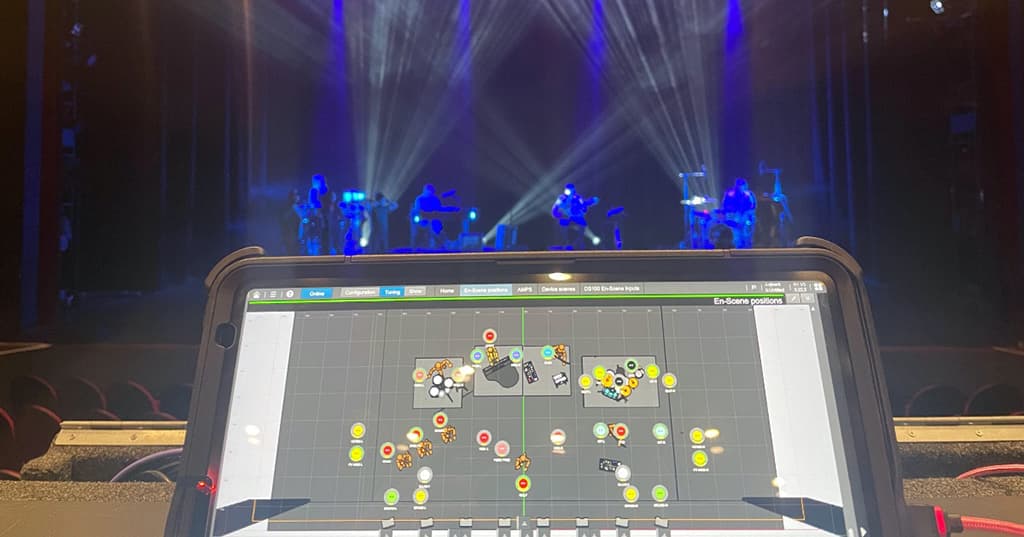
AV: How is that possible?
DC: Like any system, you need to pre-plan it. And ArrayCalc remains the planning tool. You can use ArrayCalc to verify the quality of your Soundscape experience. It could be 200 people, it could be 20,000 people. We can map the quality of the localisation of each individual person in each individual seat to your system design and optimise the system design for that.
But it’s true that you can’t just bolt a Soundscape system onto an already-designed show. Where we are seeing the most traction in the market are in the likes of theatre, house of worship, and corporate rental because people have time to imagine and their content comes from a creative-first perspective.
In fact, the market pull is coming from the creatives. People walking into our demo spaces now are often creative directors, artistic directors, composers, people who we would never, ever have a direct conversation with before. That’s so interesting for us as an industry, that we are going beyond just the delivery of sound to the creation of something.

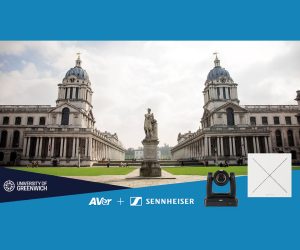
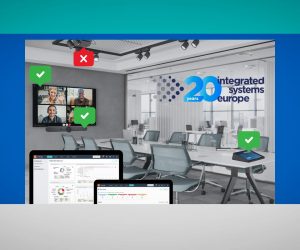
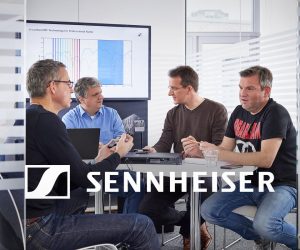
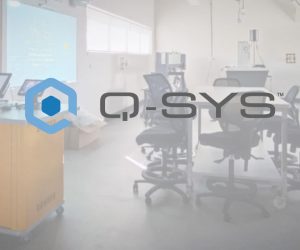
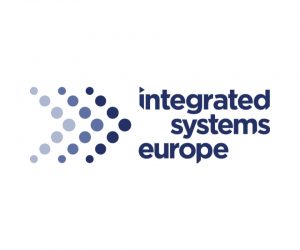
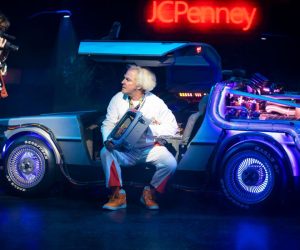
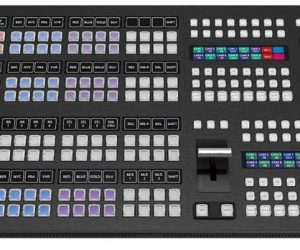
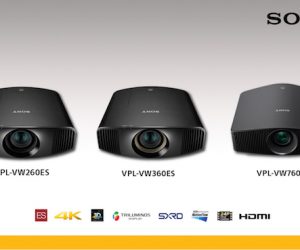
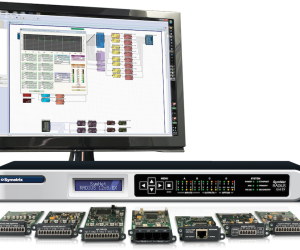
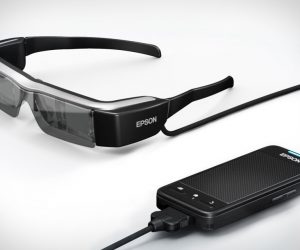
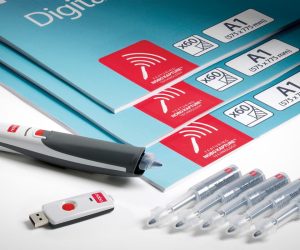
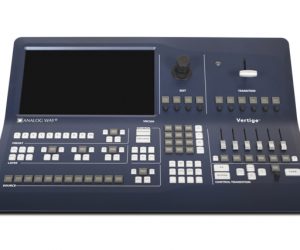


RESPONSES